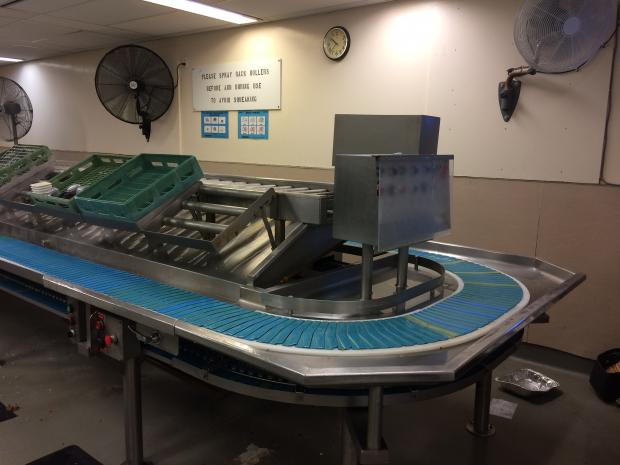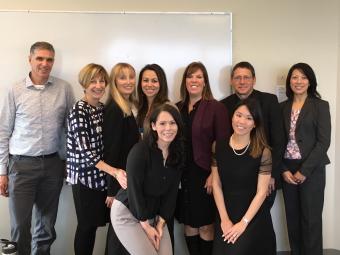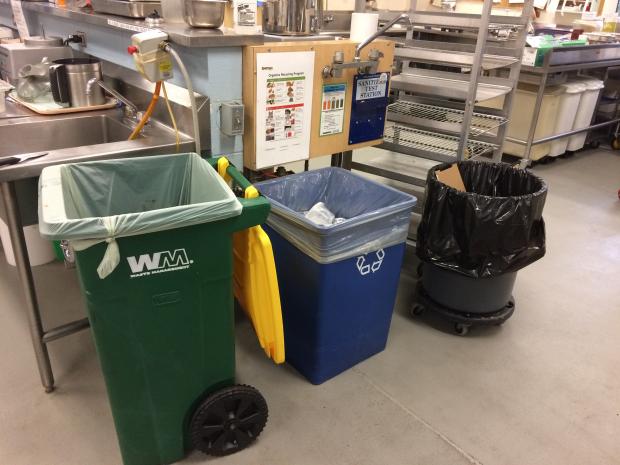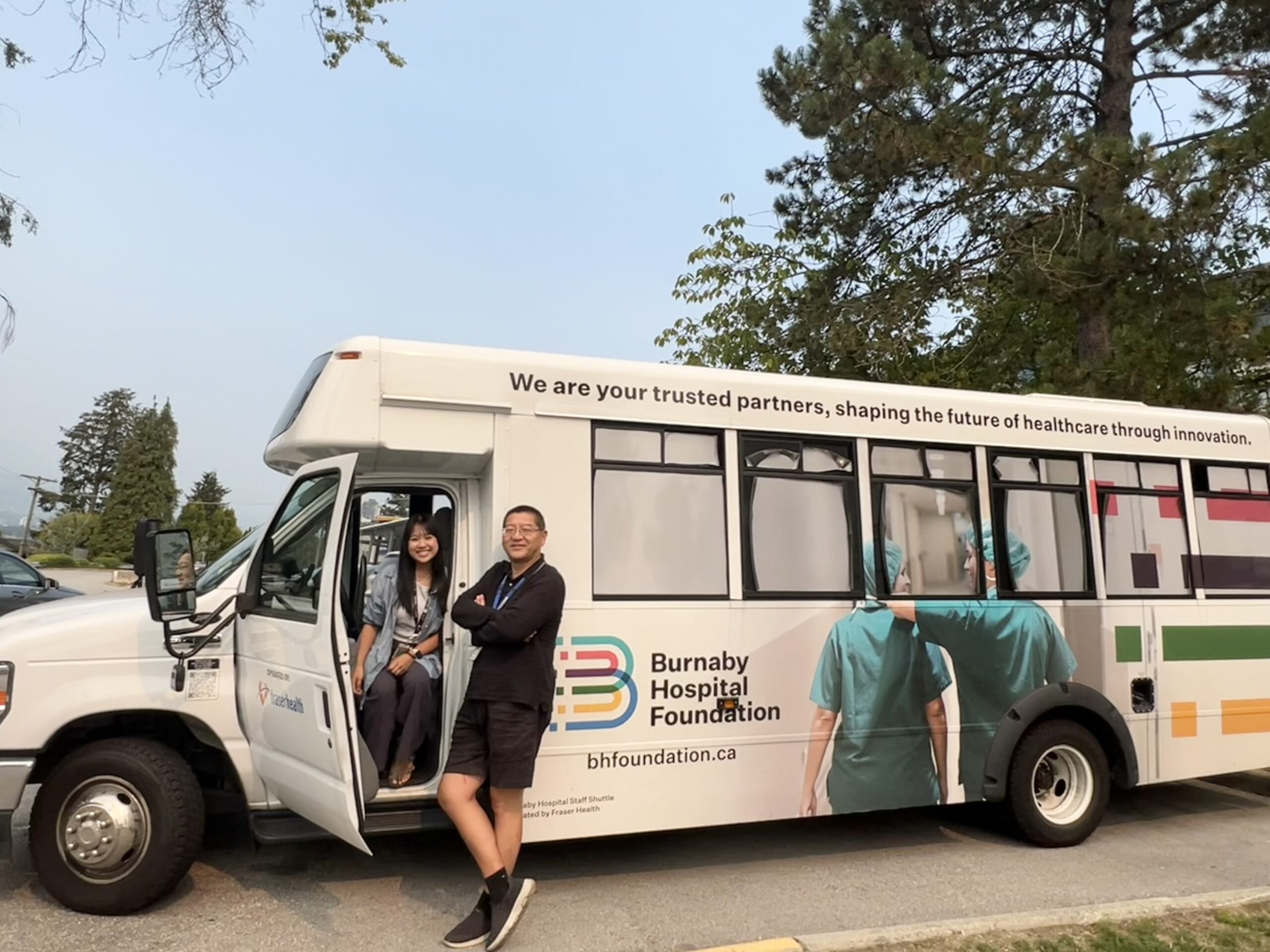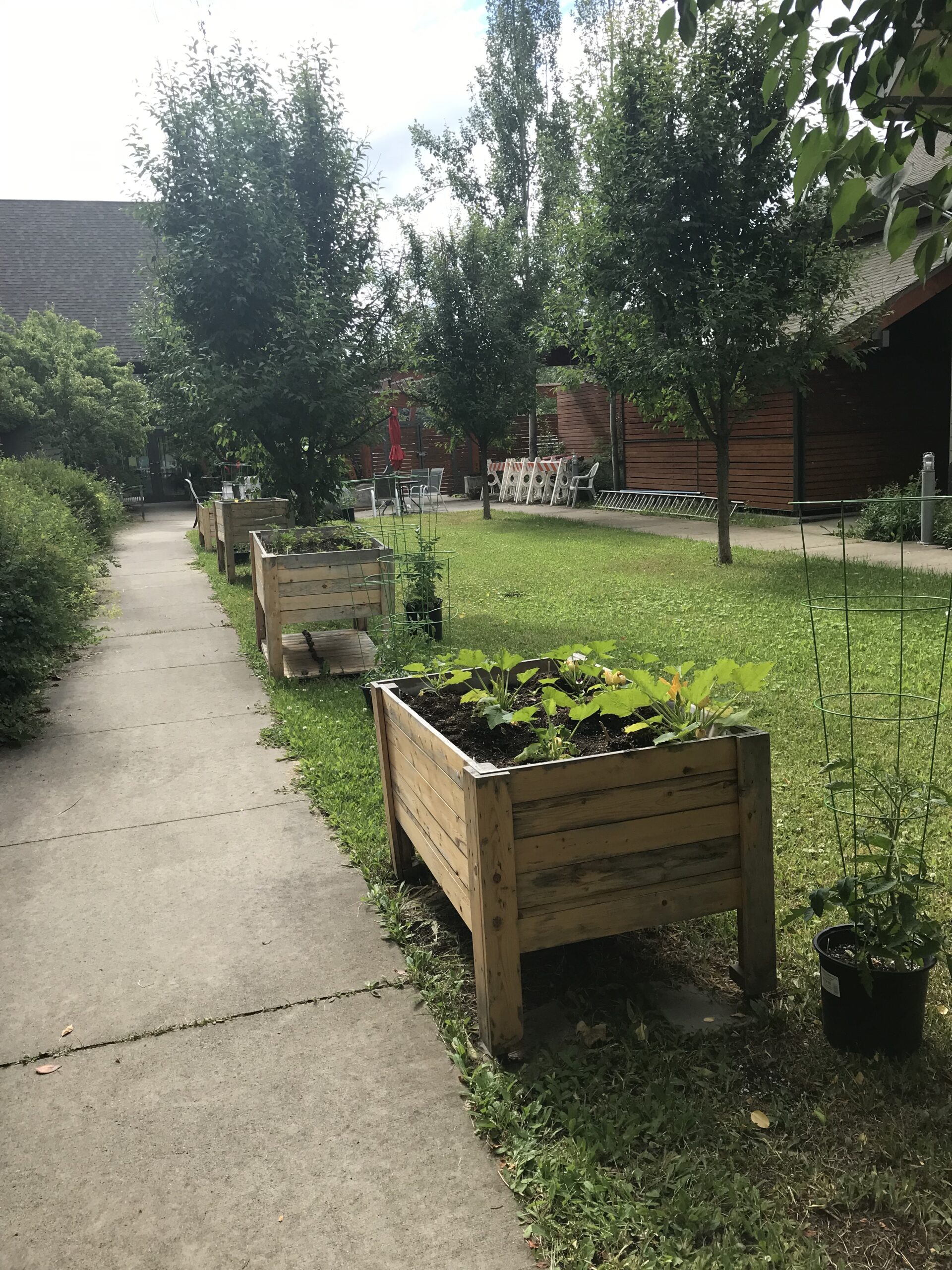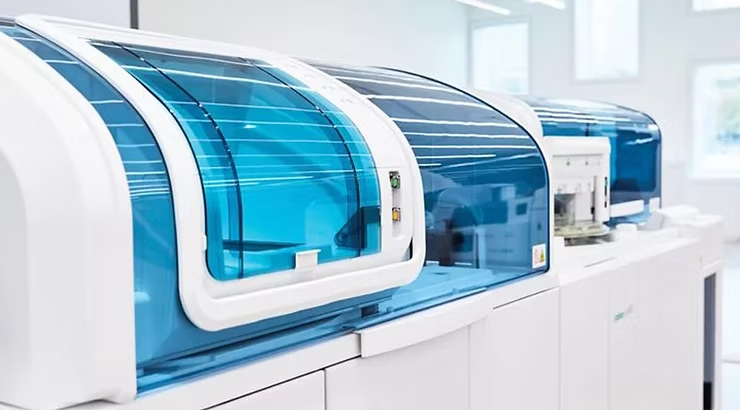Featured Image: Dish room in Royal Columbian Hospital
Linda Forbes is the chair of the Sustainable Food Operations Committee for the Lower Mainland. We spoke to her about the success that the committee has had in reducing waste from patient kitchens and retail cafeterias at 56 sites across Fraser Health, Providence Health Care, PHSA and Vancouver Coastal Health.
Q. Thanks to the Committee’s efforts, patient kitchens are now diverting at least 70% of waste from landfill/incineration. How did you achieve that?
“In 2012, the Committee established a waste baseline and set goals and objectives, such as no more Styrofoam in our kitchens and cafeterias.
“As well as a 70% waste diversion target, we also set an 80% inspirational goal, and we are delighted that eight of our sites are managing to meet that too: Fellburn Care Centre, Czorny Centre, Delta Hospital, Mission Memorial Hospital, GF Strong, Kiwanis Care Centre, Sechelt Hospital/Totem Lodge and Vancouver General Hospital.
“To achieve the biggest impact, we concentrated on educating our staff: they get an annual waste management in-service, and we developed kitchen-specific posters for the different waste streams to remind staff of what goes where.
“We also worked really hard to make waste diversion easy: we put waste receptacles in the areas where the waste is generated; for example, we put paper towel collection bins by the sinks in order to divert paper towel waste to the organics waste stream. We also removed any garbage bins we didn’t need, to discourage recycling and food scraps from ending up in the garbage.”
Q. How do you monitor waste diversion?
“Food services supervisors audit the waste we generate. Initially these audits were conducted twice a year, but once the 70% target had been achieved, we reduced that to once a year. We will continue to monitor in this way to ensure that we keep hitting our targets and improving.
“We also monitor the food that comes back on patient trays and look at how we can reduce generating waste in the first place.”
Q. What were the most significant barriers to reaching this diversion rate?
“Some issues were specific to the site in question; for example, at Fraser Canyon Hospital in Hope, we had to figure out how to ensure that the organics bins didn’t attract bears! But we tackled that, and now they have excellent diversion rates.
“More generally, across all our sites we know that single serve containers — for example, for juice, milk, jam, etc. — are important for sanitary reasons, but they do result in a lot of waste being generated. Also, reducing food waste that comes back to us on patient trays can be difficult; for example, in the kitchens we don’t always know when a patient is NPO (nothing by mouth).”
Q. What have you learned?
“That process efficiency is really important. If you have waste receptacles in the right place, then it makes it easier for staff to divert recyclables and organics.”
Q. Do you see any opportunities for further waste reduction?
“Reducing waste from untouched patient trays is the big concern. By implementing simplified processes for unit staff when ordering NPO and reordering diets, we can help to facilitate unnecessary trays. Improve provision of food between meal times in case procedures are cancelled.”
Q. How does waste reduction in the kitchens link with patient care?
“Food is medicine, so if we can get the right food to the right people at the right time, then not only are we helping to reduce unnecessary waste but we’re also helping our patients. And reducing waste saves resources!”
Q. Any final words of advice for others?
“Knowledge is important: if kitchen staff know the story behind where the waste goes and what happens to it when it’s recycled or composted, they are more engaged with the process and more likely to participate.
“Also, make things easy: put waste containers where the waste is generated so that staff don’t have to walk around looking for the right bin, and use posters that reflect the stuff people are throwing away.”





